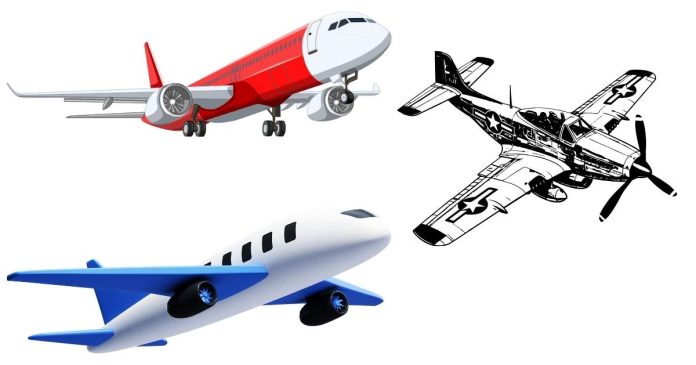Air travel has revolutionized the way we move around the globe, shrinking distances and making even the farthest destinations accessible within hours. A common question many travelers ask is, “How fast can commercial aircraft fly?” The answer depends on several factors, including the type of aircraft, weather conditions, and air traffic considerations. Let’s break it down.
The Average Speed of Commercial Aircraft
Most commercial jets today, such as the Boeing 737 or Airbus A320, cruise at speeds between 500 and 600 miles per hour (800–965 kilometers per hour). This speed is measured as “true airspeed,” which refers to how fast the aircraft is moving through the air.
However, the ground speed—how fast the aircraft moves relative to the Earth’s surface—can vary due to wind. For example:
- A strong tailwind can increase the ground speed, making the flight faster.
- A headwind, on the other hand, slows the aircraft’s ground speed.
Factors That Affect Flight Speed
- Aircraft Type
Different types of commercial aircraft have different maximum cruising speeds:- Boeing 747 (Jumbo Jet): Cruises at around 570 mph (917 km/h).
- Airbus A380 (Superjumbo): Cruises at approximately 560 mph (900 km/h).
- Regional Jets like the Embraer E175: Cruise at lower speeds, around 495 mph (797 km/h).
- Altitude
Aircraft typically fly at altitudes between 30,000 and 40,000 feet. At these heights, thinner air reduces drag, allowing for greater efficiency and speed. - Weather Conditions
- Tailwinds, such as those from the jet stream, can push the plane faster, reducing flight time.
- Conversely, headwinds slow the aircraft down, increasing flight duration.
- Air Traffic Control
Pilots and air traffic controllers may adjust speeds during takeoff, landing, or when avoiding congested airspace, which impacts the overall flight speed.
How Fast Was the Concorde?
While modern commercial aircraft have impressive speeds, none compare to the legendary Concorde, a supersonic passenger jet. The Concorde flew at speeds of up to 1,354 mph (2,180 km/h)—more than twice the speed of sound. This allowed it to cross the Atlantic in just over three hours, compared to the typical six to eight hours for subsonic jets. Unfortunately, the Concorde was retired in 2003 due to high operational costs and noise concerns.
What About the Future?
A new wave of supersonic and hypersonic aircraft is on the horizon, promising to make travel even faster:
- Boom Supersonic’s Overture: Expected to cruise at 1,122 mph (1,805 km/h) and slash long-haul flight times by half.
- Hypersonic Concepts: Experimental designs aim for speeds above 3,800 mph (6,125 km/h), which could make intercontinental travel possible in under two hours.
Why Don’t Commercial Aircraft Fly Faster?
While technology allows for faster speeds, airlines prioritize efficiency, safety, and costs over speed. Flying at higher speeds:
- Increases fuel consumption, raising operational expenses.
- Causes more wear and tear on the aircraft.
- Requires stricter maintenance and safety protocols.
Given these factors, the cruising speeds of modern commercial jets strike a balance between efficiency and travel time.
The average commercial aircraft flies at speeds between 500 and 600 mph, making it a fast and reliable mode of transportation. While supersonic jets like the Concorde showcased the potential for much faster air travel, current technology focuses on fuel efficiency and cost-effectiveness. However, with advancements in aviation technology, the future may bring faster and more accessible air travel, transforming the way we experience the world.



